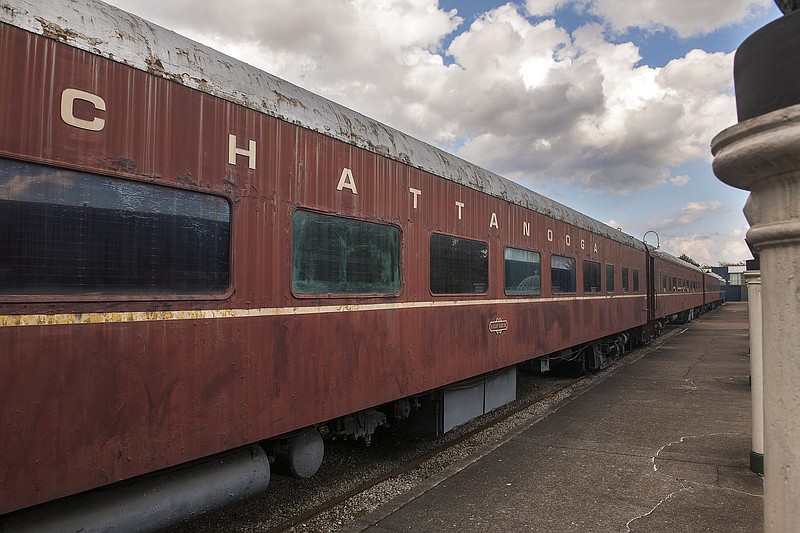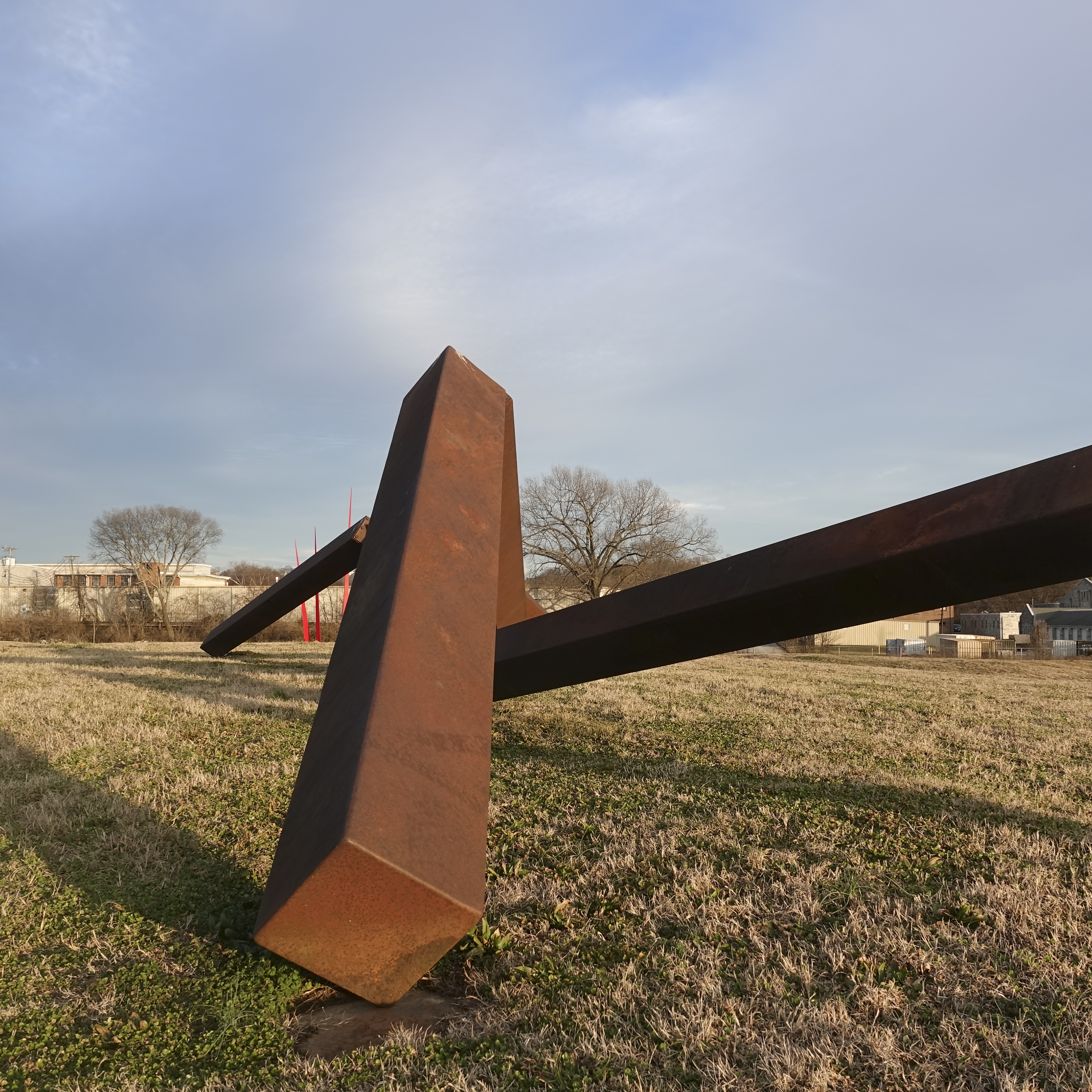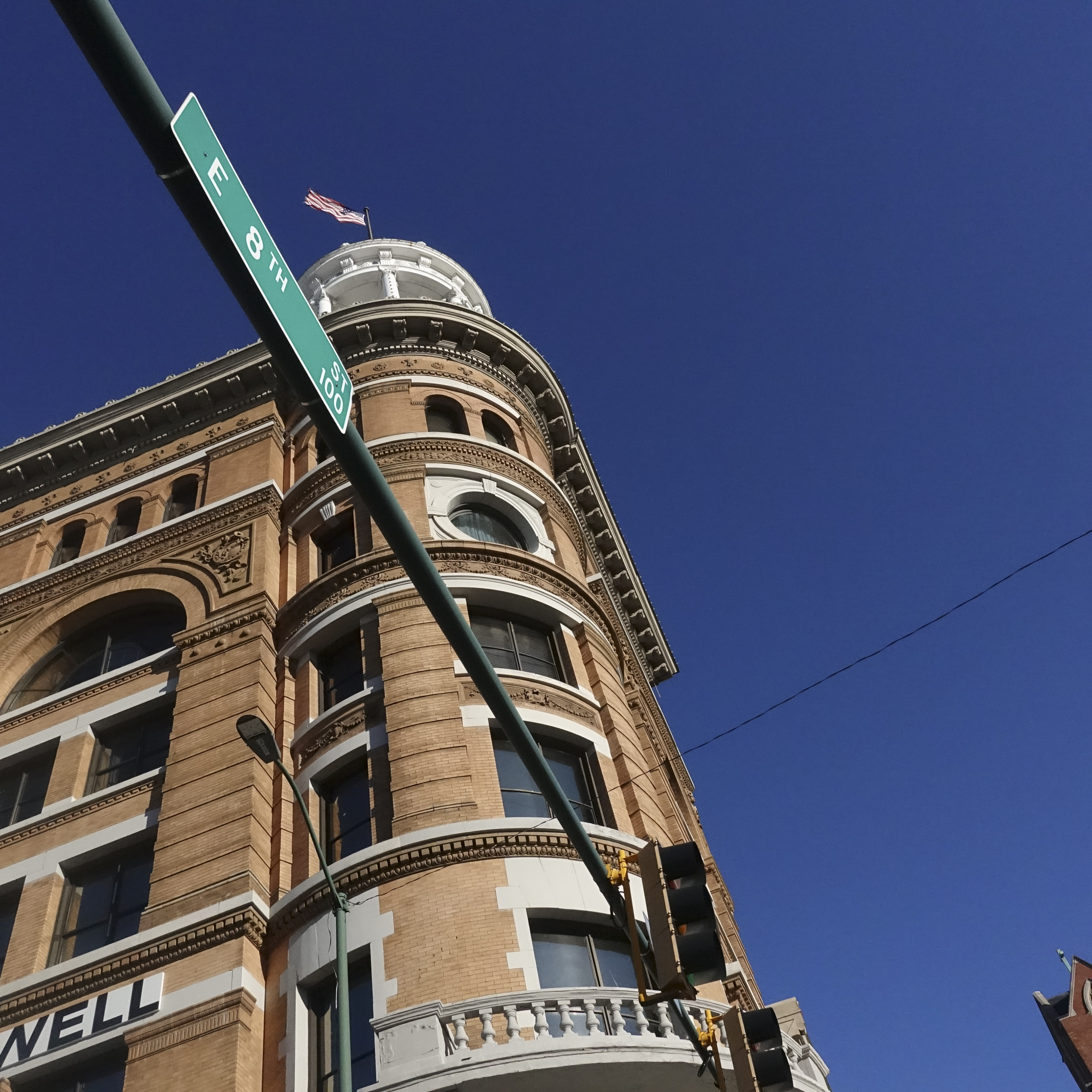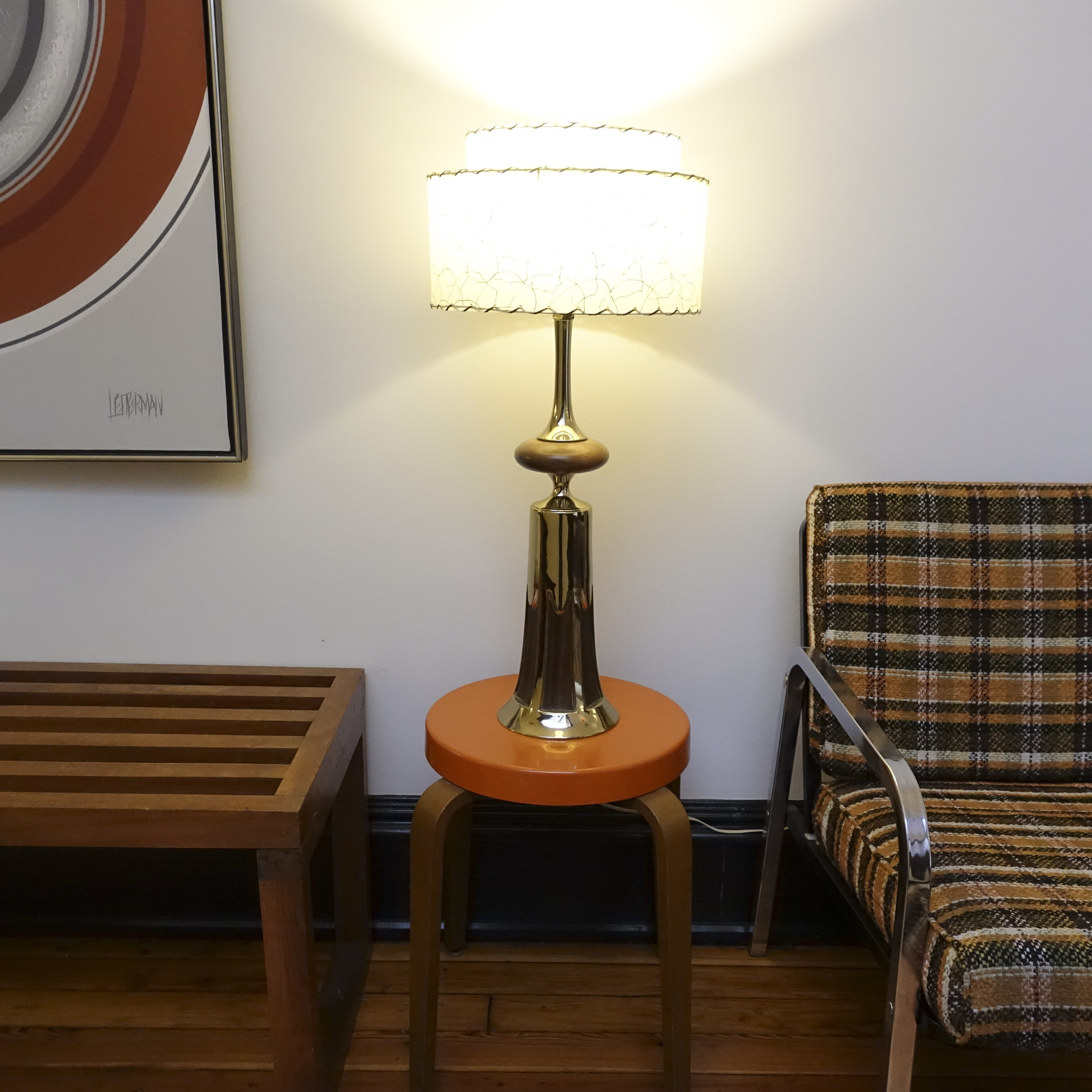Last month, The New York Times ranked Chattanooga as No. 25 on its 52 Places To Go list, and now its newly named 52 Places correspondent, Jada Yuan, who will be traveling to each place on the list, has completed her visit here. Here are her impressions. Her next dispatch will be from Montgomery, Ala. Follow her on Instagram @alphajada.
"You've arrived! GIG CITY: Home of the Nation's Fastest Internet" is the rather unsexy city slogan greeting visitors upon their arrival at the tiny airport in Chattanooga, Tennessee. "Gig" refers to the status that Chatt (or Cha or the Nooga, depending on whom you ask) earned in 2010 as the first municipality in the United States to offer 1 gigabyte fiber-optic internet speed to its citizens and 10 gigabytes to businesses that will pay premium prices. That clunky claim to fame has lured many a startup to the Innovation District in its revitalized downtown. It was also a major factor in earning the city the No. 25 spot on the 52 Places To Go in 2018 list (I'm visiting every destination this year), even if it doesn't quite sing on a postcard.
When a city's major selling points are its internet speed and its wood-fired choo-choo train (a phenomenon in 1880), plus a couple of new hotels, it's hard to imagine what its character might be. With a midsize population of about 117,000, Chattanooga sits right across the Tennessee border from Georgia, so close that one easily crosses state lines driving around - though the Confederate flags I saw flying high seemed to be concentrated on the Georgia side. Alabama and North Carolina aren't far, either.
"It's hard not to feel like you're on the margins when you live in a market like this," said Tim Kelly, a local business mogul and chairman of the city's popular amateur soccer club, which has drawn as many as 18,000 spectators a game. Atlanta, he explained, is a constant brain drain, and Nashville, as the state capital, gets the bulk of the government's attention and funding. "We're a little insecure about our sense of place, but I think that makes us that much more intense about it when we find it. Localism and local consciousness are really strong."
What I found over a five-day stay may well be one of the most pleasant and livable cities in the United States. (That is, once the freezing late-January winds that threatened to blow my car off the road had died down. "I wish you were here in the summer! You're missing everything!" was a refrain I heard about 15 times a day.) Because Chattanooga is nestled into the ridge-and-valley portion of the Appalachian Mountains and oriented around the Tennessee River, the outdoors - in particular hang gliding, mountain biking, hiking, rock climbing, paddle boarding and kayaking - seem to be a way of life. Locals joke that Chacos, those hiking sandals that strap to your feet, are the city's official shoe. In winter, people just wear them with socks. I, of course, bought a pair.
A 15-minute drive from downtown, for example, will take you to the top of Lookout Mountain and its wonderful free park, Sunset Rock, rich in Civil War history. Hikes in the area lead past rifle pits where Confederate soldiers tracked the movement of Union troops on the ground, and then sent out word via communications stations on nearby Signal Mountain. Now, students from the University of Tennessee and canoodling couples of all sexual orientations come nightly to sit on cliffs and watch the Tennessee River Valley turn shades of red and pink.
After a hectic first week on the job in New Orleans, I felt an immediate sense of relief as I drove into town and immediately onto a tranquil brick road stretch of Chattanooga's Main Street lit up with strings of white lights. Every corner I turned seemed to have an interesting bar, including the impossibly narrow Pickle Barrel; Stir, where bartenders climb ladders to reach top-shelf liquor; and the Flying Squirrel Bar, an eternal hot spot that has a lit-up wooden boat hanging from its ceiling. One actionable upside of being Gig City is that, according to Kelly Shaughnessy, a real estate agent and model I met, the dating scene is pretty good: "Fiber optics brought startups, and startups brought hipsters, so everywhere you go are 20- to 35-year-olds who are not married, making apps."
My first hotel, The Dwell, is the city's only boutique offering and an Art Deco gem. Seija Ojanpera, the owner, spent four months combing vintage shops, Etsy and eBay to find its period-authentic décor, which, along with the colorful patterned wallpaper, is different in every room.
"I think it's important for Chattanooga to have interesting places to go that don't feel like airport lounges," she told me.
The breakfast room and bar often contain more locals than visitors. I also stayed in the town's new Westin (nice enough, but didn't blow me away) and the Choo Choo Hotel, which is far from luxurious, but worth it just because the check-in desk is in the train's old terminal waiting room, and the rooms are in actual Pullman train cars. Those not in need of lodging can have a similar experience in the newly opened American Draft, the country's first pour-your-own-beer bar in a refurbished train car.
Most striking, though, is the city's civic life. A phrase that comes up constantly is "The Chattanooga Way": a reference to a cooperative get-it-done spirit that includes infusions of private foundation money making revitalization possible. Public art is impressive and everywhere, from the Sculpture Fields at Montague Park to "The Blue Trees," an ecologically themed installation consisting of rows of trees that the artist Konstantin Dimopoulos has painted a nonharmful ultramarine blue to bring attention to deforestation. Upon my arrival, Farron Kilburn, who studies inequities in nursing at the University of Tennessee, invited me to a potluck at her home in the city's hip North Shore. There, I met a chunk of the city's diverse sector of artists and community activists including Josiah Golson, who just published an illustrated poetry book called "The Souls of Free Folk" (partly inspired by W.E.B. DuBois), and Rondell Crier, an artist and youth mentor, who moved to Chatt from New Orleans after Hurricane Katrina and has never felt compelled to move back.
The next night, I joined them for a big group dinner at Taconooga, one of the city's many Mexican restaurants. (The Guatemalan population is also significant and growing.) During the day, one particularly helpful local, Stephanie Hays - a self-described "boomerang" who has lived in China and India and moved back because she loves the city - treated me to one of the free walking tours she gives in her spare time. I came knowing no one and felt like I'd left with a friend group.
Of course, there's another side to the techification of cities like Chatt. It was on Hays' tour, while visiting The Passage, an interactive riverfront monument to the Trail of Tears, designed by descendants of Cherokees who were forcibly removed from the area, that I glimpsed the tensions that come from rapid growth. Robert Stoudemire, a fisherman, told me he's felt left behind in a city that's experiencing what's known as "reverse of flight," in which legacy black families are moving to the suburbs to make way for new arrivals who can pay higher rents. Chattanooga has the seventh-fastest-growing rent in the nation and a poverty rate well above the national average. A 2016 study shows that its local banks are rejecting black families for home loans at an alarmingly high rate compared with white and Latino families. (The two main local banks approved just one conventional home loan each for a black family in the four years between 2011 and 2014.)
"They should've left it like it is instead of building all these houses, destroying everything, keeping people from fishing down here," Stoudemire said. "They just done messed this world up." Still, he said, "I've been here all my life, ain't going nowhere till the Man take me." Elsewhere downtown, one high-tech building stands across from a once-grand hotel that's been turned into government housing.
A Chilean nonprofit worker I met at the potluck, Daniela Peterson, said that she spent her first year in Chatt riding the bus to work, "and people acted like I was a prostitute, because there's no one else who's waiting on the corner." (In a 2012 Brookings Institute study, the city ranked lowest in the country in access to public transportation.) There are also certain spots of the booming Southside area where the stench from a Pilgrim's Pride chicken-processing plant on Market Street is downright offensive. As a city in midtransformation, Chattanooga seems to be going through its awkward phase, somewhere between trying out vegetarianism and applying for college.
Every time I go to a new place, I play a game where I ask myself if I could live there rather than New York City. The answer is usually no, but Chattanooga surprised me. For all its contradictions, every day I was there, I liked the city more: the views, the people, the phenomenal coffee shops - even the internet, which proved to be life-changing (in 40 minutes I uploaded 1,000 photos that had been stuck in my queue for days).
"If you stay around, you'll move down here," Gene Faulkner, a retired 89-year-old cemetery owner, said when we spoke near his wife's grave. "We invite all you Yankees, baby! Bring your money. Stay down in Dixie. You cross the Mason-Dixon Line, you'll never go back."



